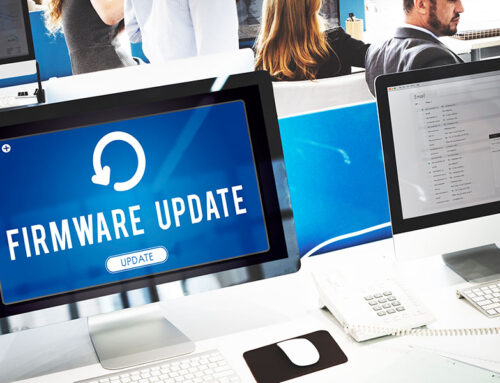There’s no denying the power of technology. With a single smartphone, you can access information, enjoy entertainment and connect with people in just a matter of seconds. However, despite these benefits, the tech sphere still has a long way to go in terms of inclusivity. Accessible information technology for persons with disabilities is very important.
According to the Centers for Disease Control and Prevention, about 1 out of every 4 Americans has a disability. For many people with disabilities, technology is not easily accessible. Here’s a closer look at the importance of assistive technology and how you can help make technology more approachable for everyone.
Importance of ADA Compliance in the IT Industry
Accessible technology should be a major priority for anyone working in the electronic and information technology industry. Advantages of technology accessibility include:
- Meeting ADA digital accessibility requirements
- Gaining greater access to potential markets
- Creating a more inclusive world for people with disabilities
The U.S. Department of Justice considers the accessibility of communications technologies to be a civil right. This is backed by accessibility laws like the Americans with Disabilities Act (ADA), which requires IT companies and other businesses to provide accessible web sites and software. Failing to meet ADA compliance for the tech/IT industry can result in fines over $75,000.
Making technology accessible to everyone can also help you connect to bigger markets — in the U.S. alone, people with disabilities have over $175 million in disposable income. Additionally, accessible technology makes it easier for your employees to do their jobs.
Finally, you should address accessible information technology for persons with disabilities because it’s the right thing to do to create equal access. Building assistive technology helps dismantle barriers and create a more equal society that gives people with disabilities access to greater opportunities.
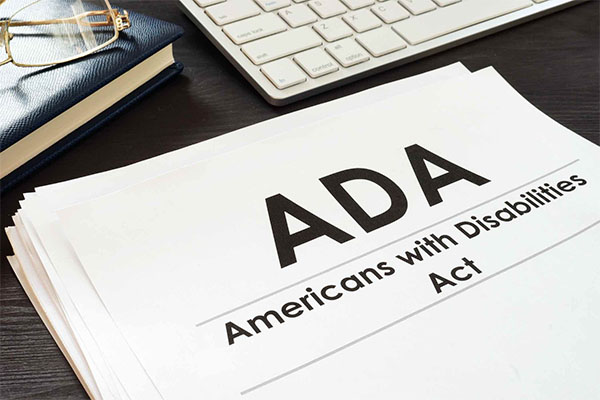
How to Create More Accessible Information Technology for Persons With Disabilities
Since the 1990s, the World Wide Web Consortium has been working on making the internet a better place for everyone. Here are some strategies you can try to help do your part.
Enhance Access Through Screen Readers
Over 12 million people in the United States have vision impairment problems, and 1 million of those individuals are blind. While most of us just take out our phones and visit our desired application, blind people can’t enjoy the same luxury (demonstrating the significant digital divide between able-bodied individuals and people with disabilities).
in the United States have vision impairment problems, and 1 million of those individuals are blind. While most of us just take out our phones and visit our desired application, blind people can’t enjoy the same luxury (demonstrating the significant digital divide between able-bodied individuals and people with disabilities).
To make technology more accessible, you should offer screen readers to those who need them. A screen reader is a type of assistive technology that converts text, buttons and anything else visible on the screen to either speech or braille. It can be used with both desktops and mobile devices.
Ensure Your Devices Meet Hearing Aid Compatibility Expectations
About 30 million people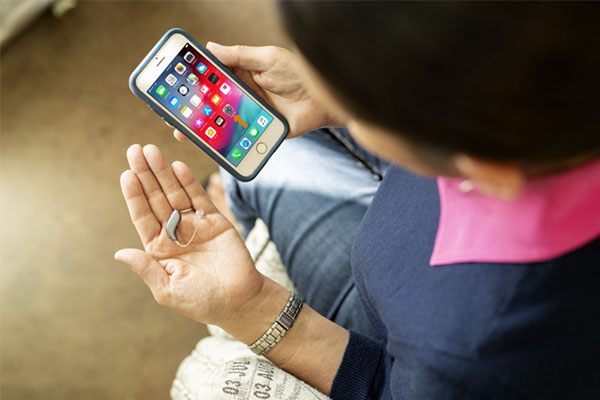 in the United States experience hearing loss in both ears. To help solve this issue, many Americans wear hearing aids, devices that increase the volume of different sounds. However, hearing aids don’t always work for sounds produced by computers or phones.
in the United States experience hearing loss in both ears. To help solve this issue, many Americans wear hearing aids, devices that increase the volume of different sounds. However, hearing aids don’t always work for sounds produced by computers or phones.
Many hearing aids have a “telecoil” that’s designed for magnetic signals. A device that’s hearing aid compatible will release this magnetic signal, enabling the hearing-impaired user to listen to the audio it produces. While the majority of new portable telephones are hearing-aid compatible, some older models may not be.
Offer a Voice Recognition Option
Mobility impairment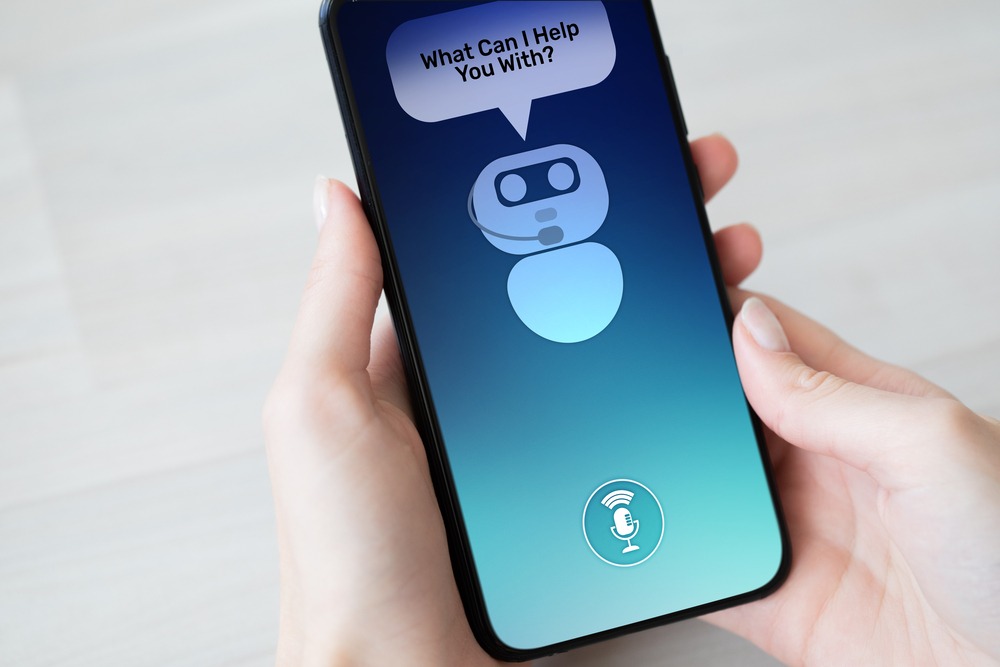 is the most common type of disability found in the United States. Those with mobility issues may find it difficult to type on a keyboard or navigate a computer using their hands — thus, it’s a good idea to offer voice recognition.
is the most common type of disability found in the United States. Those with mobility issues may find it difficult to type on a keyboard or navigate a computer using their hands — thus, it’s a good idea to offer voice recognition.
Put simply, voice recognition lets users operate computers completely hands-free. Rather than type, the user can dictate and the assistive technology will automatically write for them. Voice recognition can also be used to issue commands and make a device open websites, conduct searches and edit texts.
Offer Telecommunications Relay Services
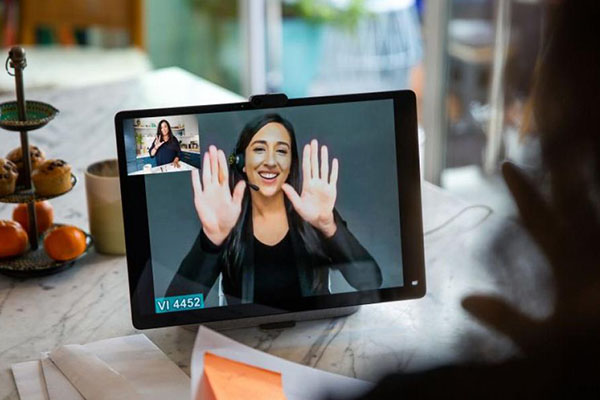 If your business is largely phone-based, you may benefit from telecommunications relay services (TRS). Designed to promote inclusivity, TRS makes it easier for those with hearing and speech disabilities to make or receive phone calls. These services generally use a TRS provider to help relay the conversation. Types of services include:
If your business is largely phone-based, you may benefit from telecommunications relay services (TRS). Designed to promote inclusivity, TRS makes it easier for those with hearing and speech disabilities to make or receive phone calls. These services generally use a TRS provider to help relay the conversation. Types of services include:
- Text-to-voice: If the caller has a speech disability, they can type in what they want to say. The TRS provider then verbally shares this with the recipient.
- Voice carry over: This option is meant for hearing disabilities and is essentially the opposite of text-to-voice. The caller speaks verbally, then gets the other caller’s response in the form of text.
- Speech-to-speech: This is designed for people with speech disabilities. A provider who’s experienced in speech disorders will listen to the caller, then pass on the message to the recipient in a way that’s easy to understand.
- Captions: Those with residual hearing can use captioned telephones, which lets them listen to a phone conversation and read captions at the same time. The TRS provider may also re-voice some parts of the conversation.
- Video relay: This video option lets the caller use sign language to communicate with the recipient. After signing what they want to say, the TRS provider will translate this to the other caller (and vice versa).
In general, TRS providers are compensated for their time and effort by state and local funds. This service is available in all 50 states and can be found across a variety of industries, from health information technologies to the customer service industry.
Consult an Expert
Making your technology more accommodating for people with disabilities is no easy feat. In addition to ensuring ADA compliance, you have to make room in your budget for assistive technology. Once you have the resources, your job isn’t done — it’s up to you to make sure the technology is actually implemented properly.
Instead of trying to handle your accessible technology needs on your own, consider consulting an expert. Many businesses turn to the help of an IT service provider, an external team that can provide valuable insight on your technological endeavors.
At EIRE Systems, we can help you improve your assistive technology for people with disabilities. From creating a plan to actually putting solutions into action, we’ll be there every step of the way. Contact us today and learn how our technical expertise can help you and your business. We also have IT Support Services, IT Security, IT Management Services, and other IT services.
About the Author: EIRE Systems
EIRE Systems is a leading independent provider of professional IT, AV and Access Security services to the financial, insurance, manufacturing, health care, retail, construction, hospitality, commercial real estate, legal, educational and multinational sectors in Japan and throughout the Asia Pacific region. EIRE Systems has expertise across a wide spectrum of Information Technologies, with a track record for successfully completing hundreds of assignments since its establishment in 1996.


